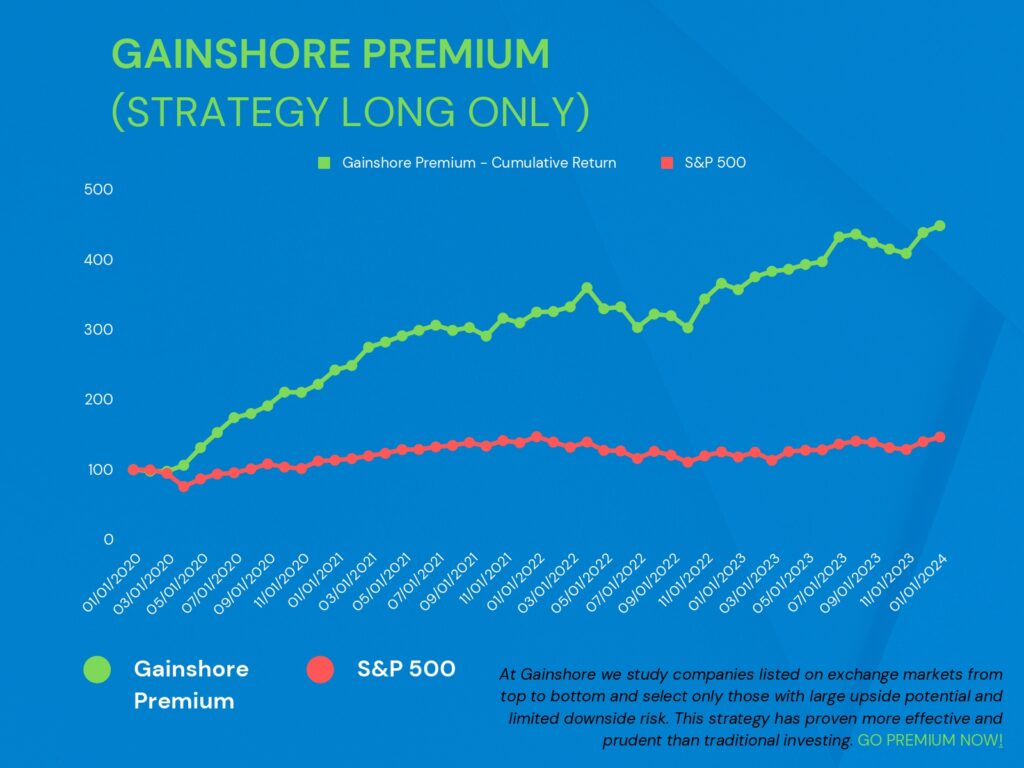Can you really make a living without working?
However, there is only one way to put money to work and make a consistent and sustainable profit: it is not investing in Cryptocurrencies, Forex or Real Estate. And it requires a lot of effort!
Making money without having to work is possible by investing in great opportunities and sticking with them as long as possible unless the underlying economic circumstances have dramatically changed. Of course, if you do this, you’ll experience some volatility along the way, but over time you’ll produce excellent investment returns. But how is it possible to find high-potential investments? One straight answer: Intelligent Investing.
What is Intelligent Investing?
Intelligent Investing is the only way to make superior, consistent returns while being conservative to preserve capital. Read more about this here.
Intelligent investing is about understanding intrinsic value and buying an investment only if it presents a margin of safety.
Warren Buffet has described intrinsic value as the price that an informed buyer would pay for the entire business and its future stream of cash.
The process of determining the intrinsic value of a business is an art form; it entails a multi-disciplinary qualitative and quantitative approach together.
Margin of safety is a principle of investing in which investors only purchase securities when their market price is significantly below their intrinsic value. A margin of safety is a built-in cushion allowing some losses to be incurred without adverse negative effects.
We cannot but mention one of the best quotes from Benjamin Graham, the father of intelligent investing:
“If you want to get wealthy in the financial markets, you’ll need to engage in hard and systematic work.”
G. Benjamin and D. Dodd, Security Analysis, 1934.
Graham explains the importance of determining value when investing. Determining the value of companies is essential to invest for value successfully and avoiding participating in short-term market booms and busts.[7] To determine value, investors use fundamental analysis. Mathematically, by multiplying forecasted earnings over a certain number of years times a capitalization factor of a company, value can be determined and then compared to the actual price of a stock. Five elements are included in determining the capitalization factor: long-term growth prospects, quality of management, financial strength and capital structure, dividend record, and current dividend rate. To understand these factors, value investors look at a company’s financials, such as annual reports, cash flow statements and EBITDA, and company executives’ forecasts and performance.[1] This information is available online as it is required for each public company by the SEC.[8]







